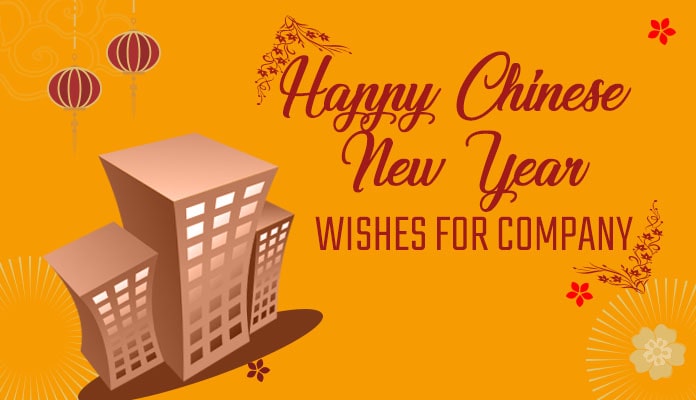Perhaps you have heard the saying: "Everything has its price". The same goes for your product. A correct pricing strategy not only requires careful research on competitors, the market, and internal factors, but also requires a bit of experience and the ability to judge situations.
First, let's take a look at the four most commonly used pricing techniques.
1. High price
This strategy is based on the special and unique features of the product or service. Once you have built a clear and strong competitive advantage, you can use it. High prices are often used with luxury products such as perfumes. Besides, it is also effective with a brand that has a reputation in the market such as Mercedes, BMW cars, 5-star Furama hotels, or even Concorde flights.
2. Penetration price
This strategy deliberately sets a low price, aiming to gain market share and gradually penetrate the market. After the market share target is stable, we will increase the price. Surely you remember, when S-Telecom launched the S-Fone service with the method of calculating fees from the 11th second, it gained a relatively significant market share despite having to compete with the two "giants" at that time, Vina Phone and Mobi Phone.
3. Economical price
This strategy attempts to achieve the lowest possible price. Expenses and investments for Marketing and production are kept to a minimum. Product quality usually only needs to be at an acceptable level. In Vietnam, you are also familiar with Miliket's Hai Con Tom paper-wrapped noodles. Even though prices are escalating, this type of noodle is still loyal to low-cost products to serve low-income farmers in the provinces.
4. Price skimming
Taking advantage of existing competitive advantages to offer the highest possible price. However, this advantage is not sustainable and long-term. When the market has more manufacturers and suppliers of products, of course the price will have to be lowered. This strategy tries to gain as much profit as possible before the general price of the market decreases. Besides, in reality, people still use some other pricing "tricks" depending on each situation.
5. Price aimed at customer psychology
Often creates a positive impact on customer psychology. For example, we all know that 99,000 VND and 100,000 VND are not really much different in price, but 99,000 VND still brings a much more positive feeling to customers emotionally.
6. Product component price
If you have a product or service, this pricing strategy represents the value of each part of the product or service series. For example, your coffee shop serves a breakfast of food and morning coffee. The food costs 20,000 VND, the drink costs 15,000 VND and the price of the breakfast is 35,000 VND.
7. Additional price
Any business wants customers to spend more when they begin to intend to buy. In fact, customers are willing to pay airlines more money to get a window seat or two seats next to each other on the flight.
8. Price "depends"
For several products bundled together, the manufacturer often sells one product as almost nothing and actually profits from the other bundled product. At the recent Computer Expo 2005, the manufacturer surprised consumers by launching a promotion for printers priced at only 1 USD. In fact, inkjet printer manufacturers primarily profit from the ink, not the printer.9. "Full set" priceWith this strategy, you can bundle related products into a product package and it is also very effective in clearing inventory. You can bundle toothpaste and toothbrushes, computer mice and mouse pads. The difference with “dependent” pricing is that the products are only related to each other, not necessarily bundled and dependent on each other.
10. Promotional price
Using products to promote products is becoming popular. Surely you still remember sayings like "Buy one get one free" or "Buy one get three". Internet cards and moon cakes are items that often use this strategy.
11. Price by region
With this strategy, you will price the product depending on each geographical region, the supply and demand of the market, the rarity of the product... Vegetables and flowers from Da Lat to Ho Chi Minh City are often much more expensive. In fact, we will encounter many "special moves", even new "monster moves" or "changes". However, if you understand the above "tricks", you can determine the appropriate pricing strategy for your product or service. Good luck.




